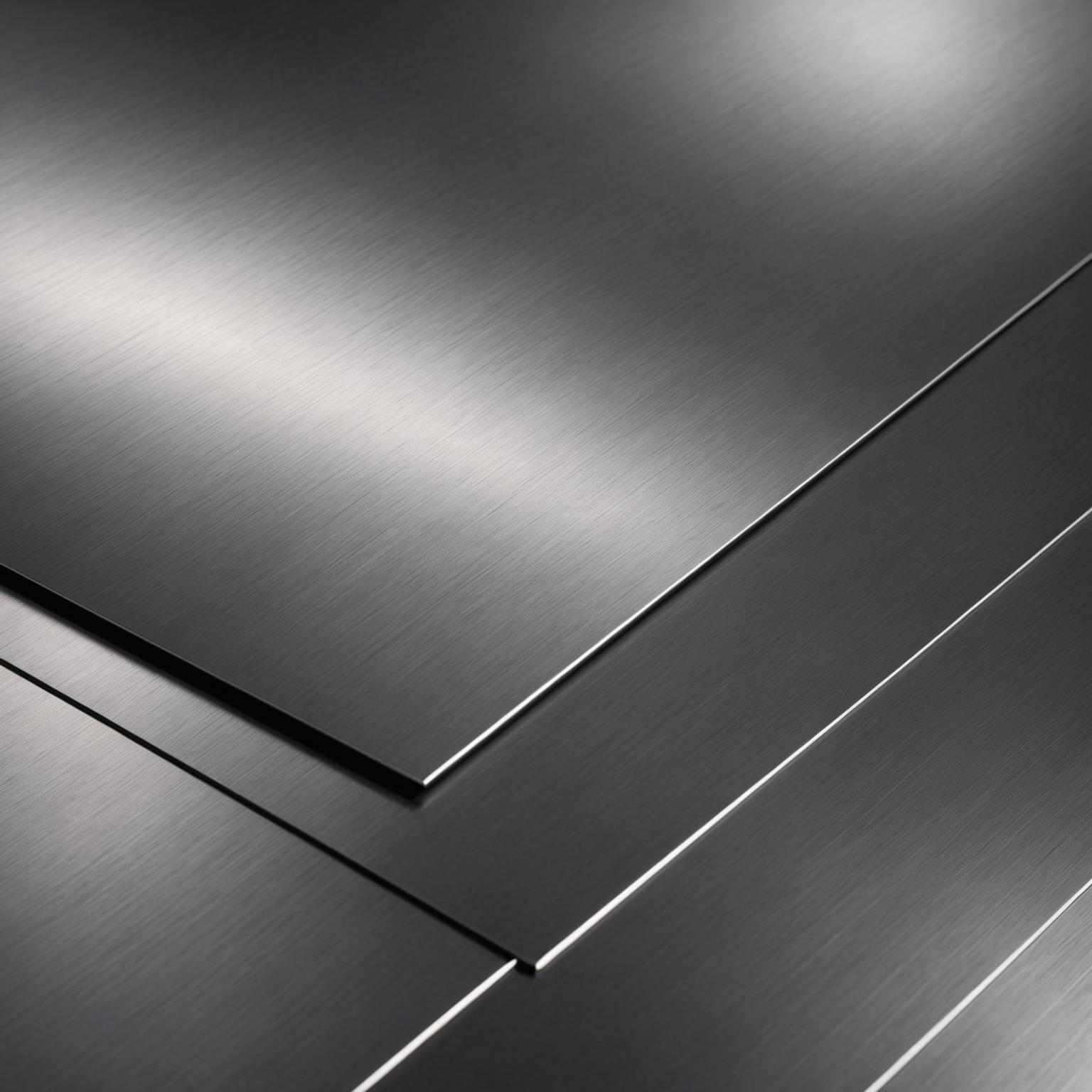Stainless steel is renowned for its strength, corrosion resistance, and sleek appearance, making it a top choice for countless applications, from household kitchens to demanding industrial environments. A common question we encounter is about its performance under thermal stress: what changes will occur to stainless steel sheets when used at high temperatures for a long time? Understanding the answer is crucial for ensuring the longevity, safety, and aesthetic appeal of any project. While this material is exceptionally robust, prolonged exposure to extreme heat can induce specific transformations that are important for designers, engineers, and homeowners to recognize.
The Science Behind Stainless Steel's Heat Resistance
To understand how stainless steel behaves under heat, it’s helpful to know what it is. Stainless steel is not a single material but a family of iron-based alloys containing a minimum of 10.5% chromium. This chromium is the magic ingredient; it reacts with oxygen to form a thin, stable, and passive chromium oxide layer on the surface. This invisible layer protects the underlying steel from corrosion and gives it its “stainless” quality. However, when you introduce high temperatures into the equation, this stable relationship can be tested. Different grades of stainless steel, such as austenitic (like the common 304 and 316 grades) and ferritic types, have varying compositions of chromium, nickel, and other elements, which dictates their specific performance when used at high temperatures for a long time.
Key Changes to Expect at Elevated Temperatures
When stainless steel sheets are subjected to continuous high heat, several distinct changes can take place. The first and most visible change is oxidation, often called heat tint or scaling. As the temperature rises, the protective chromium oxide layer can thicken, causing a discoloration on the surface that can range from a light straw yellow to a dark blue or black. At very high temperatures, this can form a thicker, looser scale that may flake off, compromising the surface finish. A more critical, structural change is known as carbide precipitation or sensitization. In many common austenitic stainless steels, prolonged exposure to temperatures between 800°F and 1600°F (425°C to 870°C) can cause chromium to bond with carbon in the alloy, forming chromium carbides along the material's grain boundaries. This process depletes the chromium from the adjacent areas, weakening the passive layer and making the steel susceptible to intergranular corrosion once it cools. Furthermore, like all metals, stainless steel will experience a reduction in its mechanical strength and an increase in a phenomenon known as creep—the tendency to slowly deform over time under stress at high temperatures. Lastly, thermal expansion must be considered; the material will expand when heated and contract when cooled, a factor that must be engineered into any assembly to prevent warping or buckling.
Choosing the Right Stainless Steel for High-Temperature Applications
Given these potential changes, selecting the appropriate grade is paramount for any application involving significant heat. While standard grades like 304 are excellent for intermittent heat exposure, they are not ideal for continuous high-temperature service due to the risk of sensitization. For more demanding environments, specialized high-temperature grades are the superior choice. Grades like 309 and 310 contain higher percentages of chromium and nickel, significantly enhancing their resistance to oxidation and scaling at continuous high temperatures. Other grades, like 321 and 347, are known as “stabilized” grades. They contain titanium or niobium, which preferentially bond with carbon, preventing the formation of chromium carbides and thus maintaining corrosion resistance even after prolonged heat exposure. Understanding what changes will occur helps you select a material that offers the right balance of performance and cost for your specific needs.
Aesthetic and Functional Solutions for Modern Spaces
For the majority of commercial and residential applications, such as kitchen backsplashes, appliance panels, and architectural features, the extreme conditions that cause significant scaling or sensitization are rarely met. Here, the focus shifts to durability, aesthetics, and resistance to intermittent heat and corrosion. This is where a premium product like our Brushed Stainless Steel Panel truly excels. Crafted from high-quality stainless steel, it is designed to offer remarkable resistance to the corrosion and heat fluctuations found in a busy kitchen or a high-traffic commercial space. The meticulous brushing process creates a sophisticated, light-reflecting surface that not only elevates the design of a space but also helps to mask minor scratches and fingerprints. Its inherent robustness ensures it maintains a pristine appearance for years with minimal maintenance. This panel provides a perfect fusion of style and substance, offering the celebrated look of stainless steel backed by the quality needed to withstand the rigors of daily life without concern for the effects of extreme temperatures.
Conclusion: Making an Informed Decision
In summary, the performance of stainless steel sheets under prolonged high heat depends heavily on the specific temperature, duration of exposure, and the grade of the alloy. The potential changes range from cosmetic discoloration to significant structural weakening and reduced corrosion resistance. By understanding these factors, you can make an informed decision and select the right material for your project. For applications requiring continuous service at extreme temperatures, specialized high-temperature grades are essential. However, for the vast majority of architectural and design projects, a high-quality, versatile product like our Brushed Stainless Steel Panel offers the perfect blend of elegance, durability, and reliable performance, ensuring your space looks brilliant for years to come.








